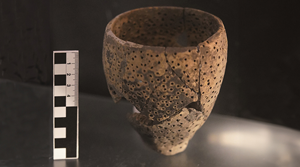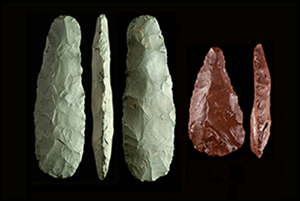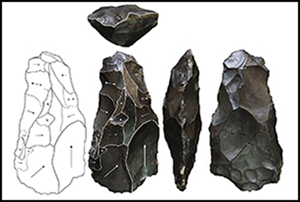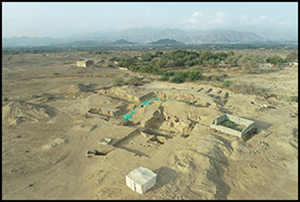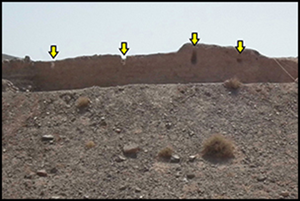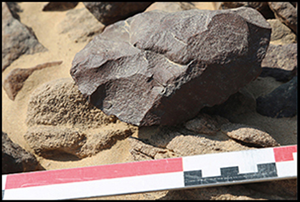Project Gallery
You can search for, and access, Project Gallery articles published before October 2016 on Antiquity Open.
Project Gallery
Geoglyphs in the Andean Central Coast: combining digital and traditional survey techniques
-
- Journal:
- Antiquity , First View
- Published online by Cambridge University Press:
- 23 September 2024, pp. 1-7
-
- Article
-
- You have access
- Open access
- HTML
- Export citation
Linear Pottery Culture sites west of the Oder river in the Federal state of Brandenburg, Germany
-
- Journal:
- Antiquity , First View
- Published online by Cambridge University Press:
- 23 September 2024, pp. 1-6
-
- Article
-
- You have access
- HTML
- Export citation
INHILLDAUGAR: minimally invasive fieldwork and linguistic analysis on hillforts along the Daugava river
-
- Journal:
- Antiquity , First View
- Published online by Cambridge University Press:
- 18 September 2024, pp. 1-7
-
- Article
-
- You have access
- Open access
- HTML
- Export citation
At the edge of Neolithic transition: strategies of the Linearbandkeramik farmers in South Bohemia (Czechia)
-
- Journal:
- Antiquity , First View
- Published online by Cambridge University Press:
- 16 September 2024, pp. 1-9
-
- Article
-
- You have access
- HTML
- Export citation
Crafting crossroads in Zagori (north-west Greece): Ottoman-era archaeology through a workshop in vernacular architecture
-
- Journal:
- Antiquity , First View
- Published online by Cambridge University Press:
- 16 September 2024, pp. 1-8
-
- Article
-
- You have access
- HTML
- Export citation
Excavating ancient pilgrimage at Nessana, Negev
-
- Journal:
- Antiquity , First View
- Published online by Cambridge University Press:
- 16 September 2024, pp. 1-7
-
- Article
-
- You have access
- Open access
- HTML
- Export citation
Long-term prehistoric human occupation in Western Tibet: excavations and surveys at the Xiada Co site
-
- Journal:
- Antiquity , First View
- Published online by Cambridge University Press:
- 16 September 2024, pp. 1-7
-
- Article
-
- You have access
- HTML
- Export citation
FORMOR project: analysis of the formation of complex societies in Early Medieval Moravia
-
- Journal:
- Antiquity , First View
- Published online by Cambridge University Press:
- 13 September 2024, pp. 1-8
-
- Article
-
- You have access
- Open access
- HTML
- Export citation
New sites and challenges in prehistoric archaeology of Uruguay: recurrent occupations in caves, rockshelters and earthen mounds
-
- Journal:
- Antiquity , First View
- Published online by Cambridge University Press:
- 02 August 2024, pp. 1-10
-
- Article
-
- You have access
- HTML
- Export citation
A multiscalar approach to survey of military and trade architecture in Jordan: the case of Khirbet al-Khalde
-
- Article
-
- You have access
- Open access
- HTML
- Export citation
New investigations in Gaza's heritage landscapes: the Gaza Maritime Archaeology Project (GAZAMAP)
-
- Article
-
- You have access
- Open access
- HTML
- Export citation
An archaeology of the Pomeranian Crime of 1939: collecting the material evidence
-
- Article
-
- You have access
- Open access
- HTML
- Export citation
Raw-material exploitation in the Earlier and Middle Stone Age in the Eastern Desert of Egypt: evidence from Wadi Abu Subeira
-
- Article
-
- You have access
- Open access
- HTML
- Export citation


